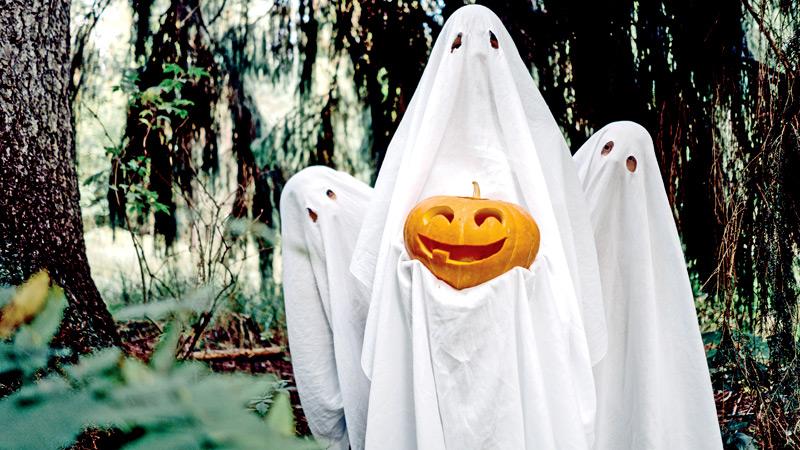
Celebrated annually on the 31st of October, Halloween is one of the most well-known and beloved Western traditions. What started as a pagan religious observance has long since forgotten all its religious origins and became an internationally iconic secular holiday.
 However, the pagan rituals and practices developed by the original ancient festivals have not been completely forgotten, and instead simply evolved and modernized, inspiring the new traditions of dressing up in costumes, trick-or-treating, carving pumpkins and the like.
However, the pagan rituals and practices developed by the original ancient festivals have not been completely forgotten, and instead simply evolved and modernized, inspiring the new traditions of dressing up in costumes, trick-or-treating, carving pumpkins and the like.
Though Halloween is a famously secular holiday, sometimes even reviled by certain extreme religious groups, the holiday has very direct religious origins. The name Halloween itself is another spelling for Hallowe’en, an abbreviation for All Hallows’ Eve, the eve of All Saints’ Day (also called All Hallows’ Day), an explicitly Western Christian celebration dedicated to all saints of the church, celebrated to this day.
However, it has been theorized that All Saints’ Day celebrations were a Christian adaptation of the older Celtic Samhain festival from Ireland.
Samhain, pronounced ‘sah-win’, was celebrated on the 1st of November but began the day before on the 31st October, and had many of the common traditions associated with modern Halloween, such as trick-or-treating, dressing up in costumes, and carving out faces in vegetables.
Irish Celtic festival
All Saints Day absorbed many of these practices into itself when it was introduced in Ireland, even changing its date from around Easter in order to convert the multitheistic Irish pagans. Though the truth about whether All Saints’ Day was meant to supplant Samhain is debated, which of these identical festivals directly influenced the modernized American secular holiday is not.

It is well documented that Halloween was introduced to America when Irish and Scottish immigrants came during the 19th century, inheriting the traditions of Samhain, though the name was kept from the Christian celebration.
Initially, it was still celebrated in the US as an Irish Celtic festival, with all the traditional activities included. Jack-o-Lanterns were carved from pumpkins instead of turnips and pranks became a significant part of celebrations as Guy Fawkes Day fell out of favor in North America.
But by the time the 20th century rolled around, the pranks became the focus, turning Halloween into a night of vandalism. In response, neighbourhood groups took action, organizing safer celebrations including communities outside of the Irish-Scottish ones, turning Halloween away from mischief and towards the more harmless practices of dressing up and trick-or-treating.
Commercialisation
Companies then saw the opportunity to commercialise the holiday, rapidly spreading Halloween throughout the rest of the USA.
Today, Halloween is regarded as a significant holiday in the United States, Canada, Mexico, and the British Isles, some regions still retain some of the original religious traditions, both Christian and Celtic.
It has gained popularity in mainland Europe, Australia, New Zealand, India, the Philippines, and Japan thanks in significant part to exposure to American media. This vast spread has seen some push back and criticisms, especially from outside the American continents as it is seen as a form of American Cultural imperialism.
Others have instead adapted the Halloween traditions with their own cultural traditions, creating their own unique take on the holiday, such as Pangangaluluwâ in the Philippines.
